In a revealing episode of ASTM International’s “Taking to the Skies: Drone Standards” podcast recorded in January 2025, industry veterans Phil Kenul and Mark Blanks provided an extensive look at how drone standards are revolutionizing aviation and shaping future developments. The discussion, hosted by Dave Walsh, editor-in-chief of Standardization News, offered unique insights into current challenges and future opportunities in the unmanned aircraft systems (UAS) industry.
Current Industry Challenges and Solutions
Remote ID Implementation
Phil Kenul, chair of ASTM’s Committee on Unmanned Aircraft Systems (F38), addressed recent drone sightings in the northeastern United States, highlighting implementation challenges with Remote ID regulations. “The implementation may not have been as good as it could have been,” Kenul noted, explaining that while ASTM developed the standard for remote identification, public Education about using phone apps for drone identification has been lacking.
Beyond Visual Line of Sight Operations
Mark Blanks, head of Global Flight Operations at Wing, emphasized that technology isn’t the primary barrier to widespread BVLOS operations. “The technology to enable it all exists and it’s proven by those waivers and exemptions,” Blanks stated, “but the actual regulatory framework to build it” remains the crucial challenge.

Current Commercial Applications
The experts highlighted several operational drone applications already making significant impacts:
- Railroad inspection by BNSF
- Agricultural operations
- Search and Rescue missions
- Environmental monitoring
- Power line infrastructure inspection
- Package delivery services in Dallas-Fort Worth
Standards Development Process
ASTM’s 125-year experience in standards development has proven particularly valuable for the Drone Industry. The organization’s structure allows for rapid adaptation to emerging technologies while ensuring all stakeholders have input in the development process.
“We’re very structured, but also nimble at the same time,” Kenul explained. “These emerging technologies are changing fast, and that’s one of the things we offer – we keep moving with the technology.”
Future Developments
Looking ahead 20-30 years, the experts outlined several key developments:
Integration into National Airspace
Rather than maintaining separate UTM airspace or Urban Air Mobility zones, drones will need to fully integrate into the national airspace system. This integration will require new standards ensuring safe coordination between manned and unmanned aircraft.
Urban Air Mobility
While Air Taxi services might not materialize within the next five years, both experts believe they will become reality within the 20-30 year timeframe, requiring new infrastructure and safety standards.
Global Harmonization
Phil Kenul emphasized the importance of harmonizing global regulations: “Each regulator may have a different approach to what they want to see. I think it’d be best to have globally harmonized regulations so we can have globally harmonized standardization as well for these aircraft.”
Industry Participation
Both experts stressed the importance of involving new voices in standards development. “Don’t underestimate the value that you bring to the conversation,” Blanks advised young professionals and students. “Sometimes it’s the person coming in going ‘that doesn’t make sense’ that helps bring the rest of us out of our midst of confusion.”
DroneXL’s Take
This comprehensive discussion reveals how standardization efforts are quietly revolutionizing aviation. While public attention often focuses on visible applications like delivery services, the real transformation is happening through the development of performance-based standards that enable safe, efficient, and scalable drone operations across all sectors.
The experts’ emphasis on bringing new voices into the standards development process, particularly from younger professionals and students, indicates the industry’s recognition that fresh perspectives are essential for continued innovation. As Mark Blanks noted, “Right now is a formative period where we can define the future.”
The podcast underscores that many drone applications aren’t future possibilities but current realities, with standards development playing a crucial role in enabling their safe implementation and expansion. As Phil Kenul concluded, “We’re definitely not done yet. There’s just a ton more work… but it’s starting to take off.”
You can listen to the podcast here.
Discover more from DroneXL.co
Subscribe to get the latest posts sent to your email.

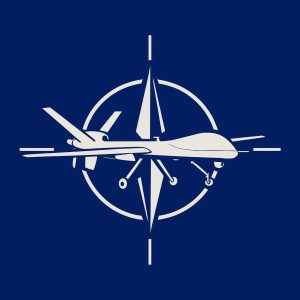
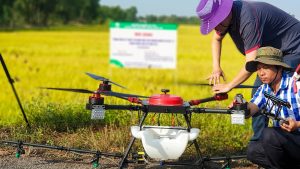
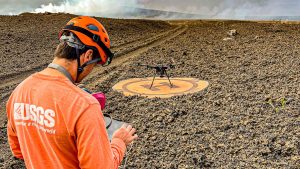

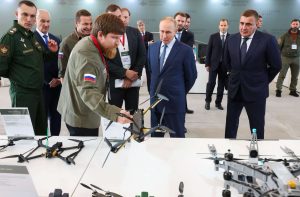

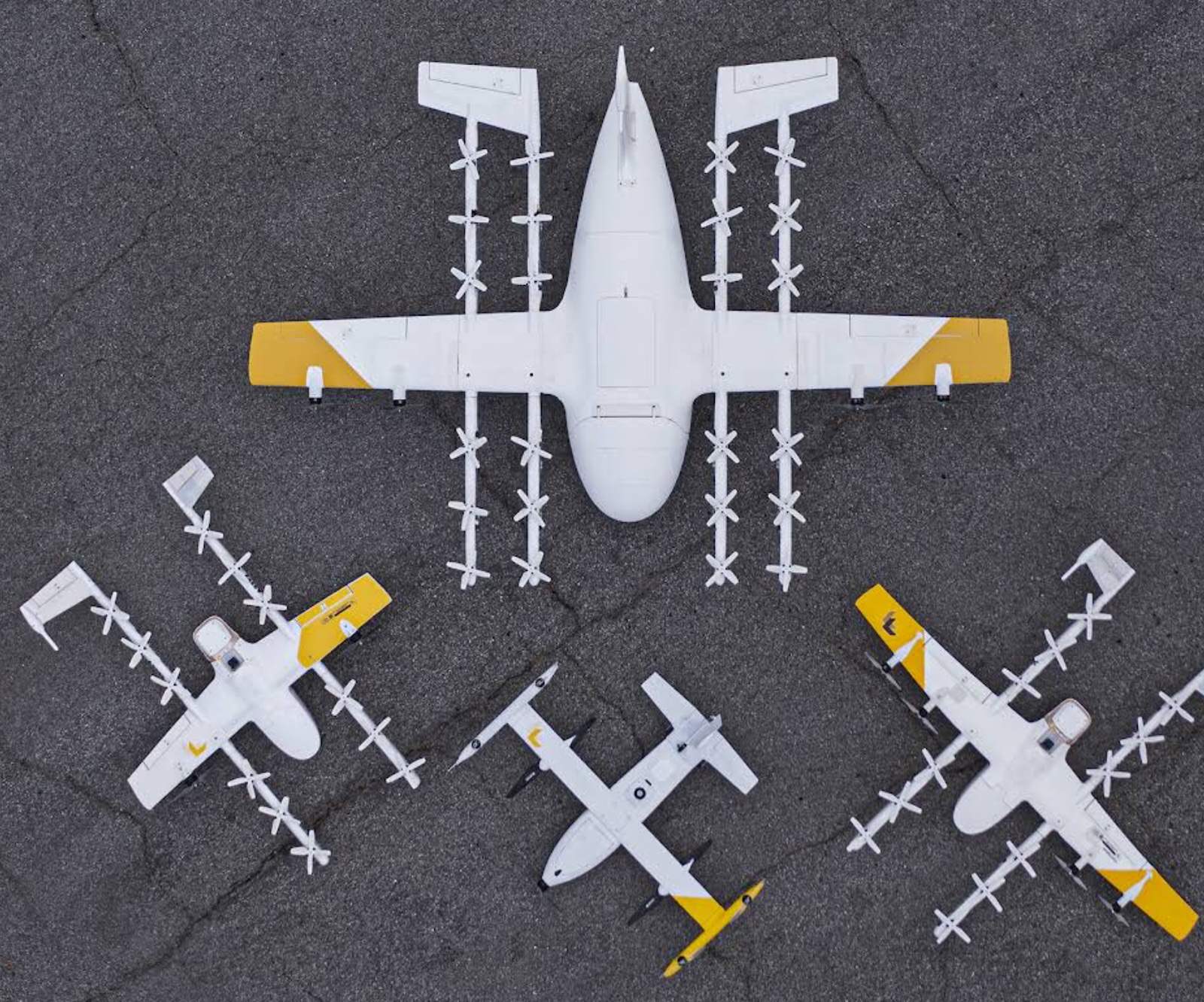
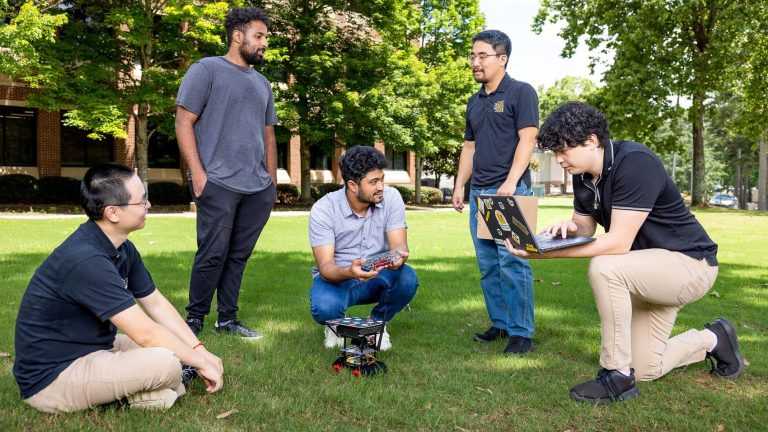
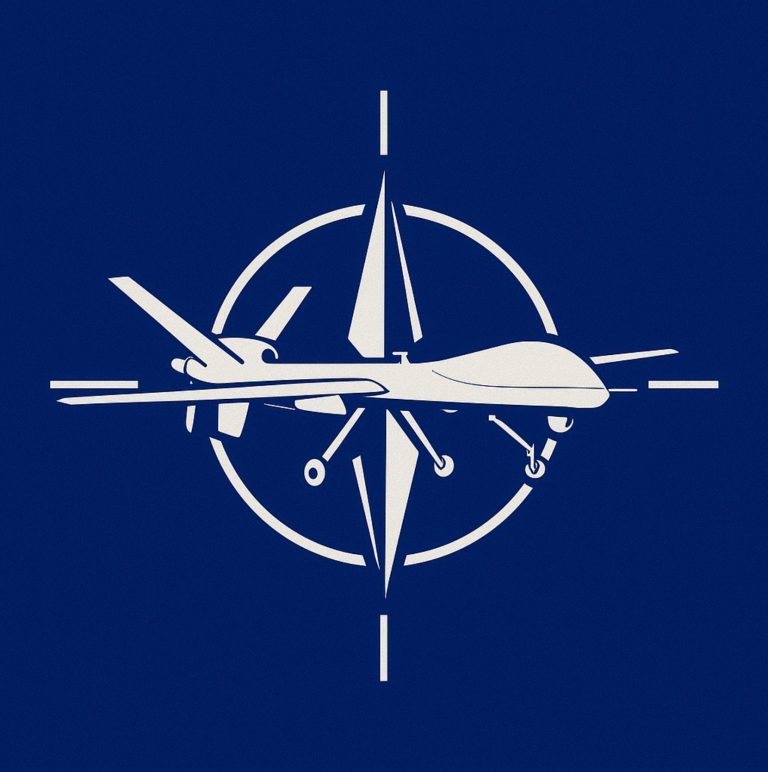
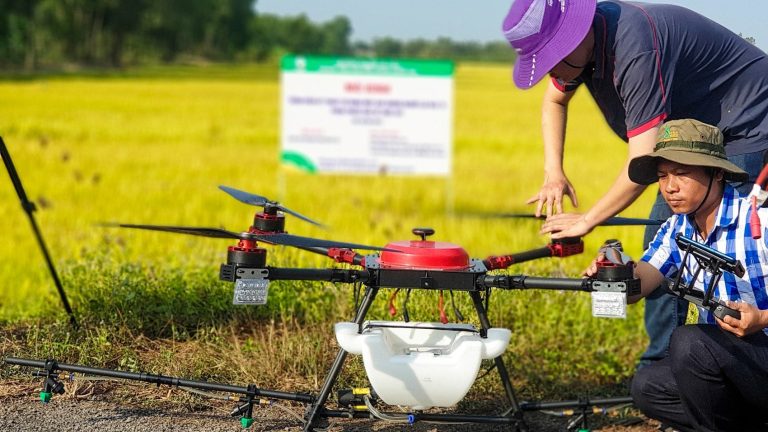

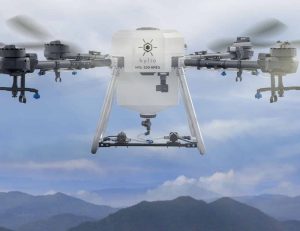

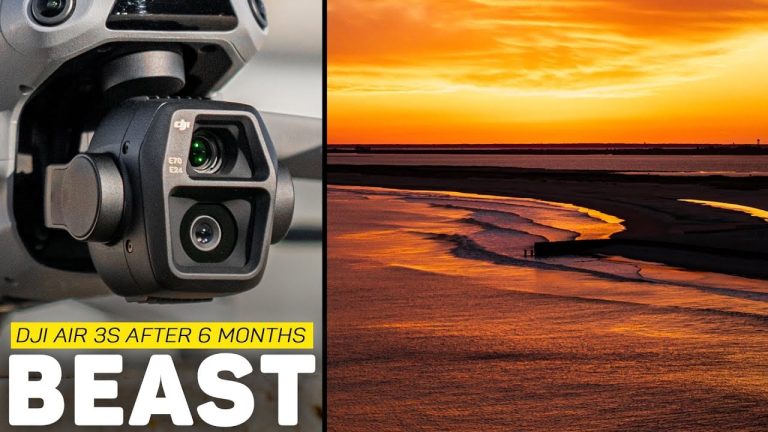
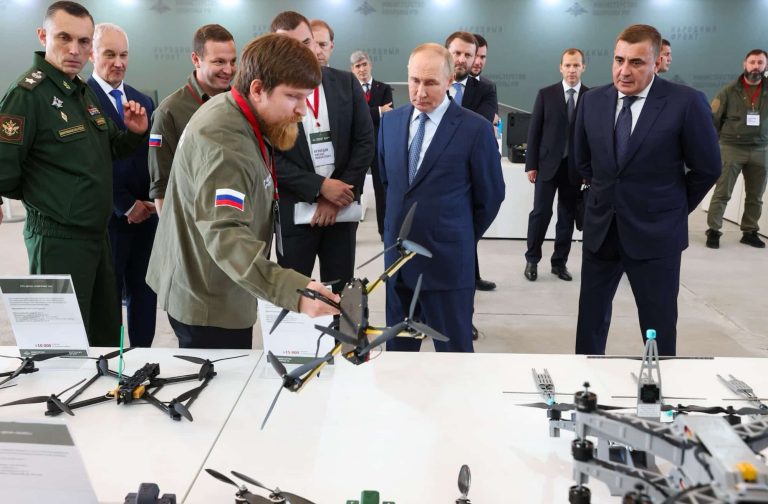
+ There are no comments
Add yours